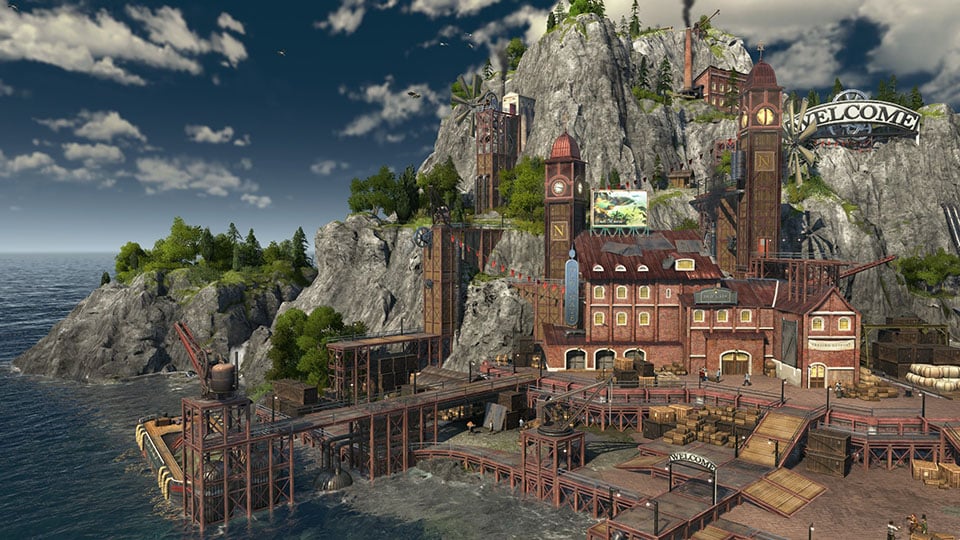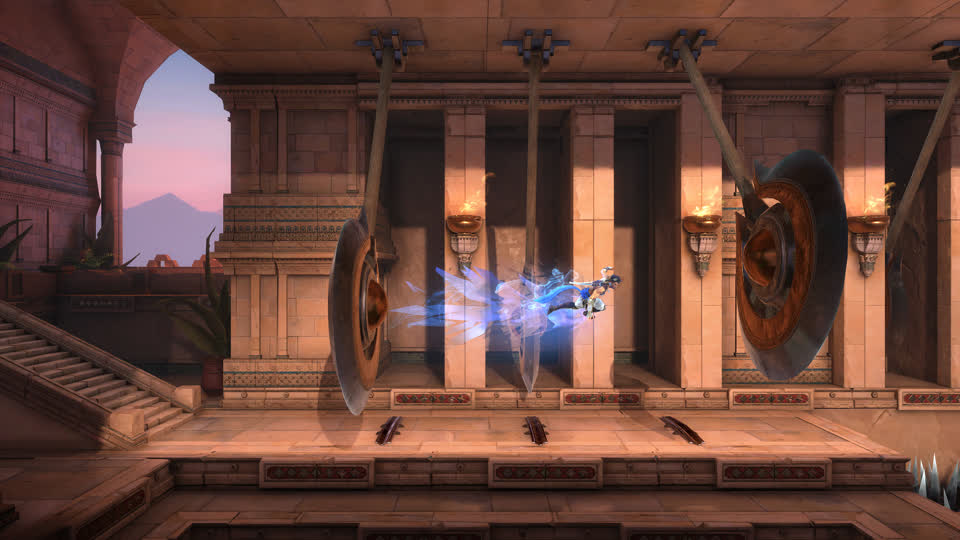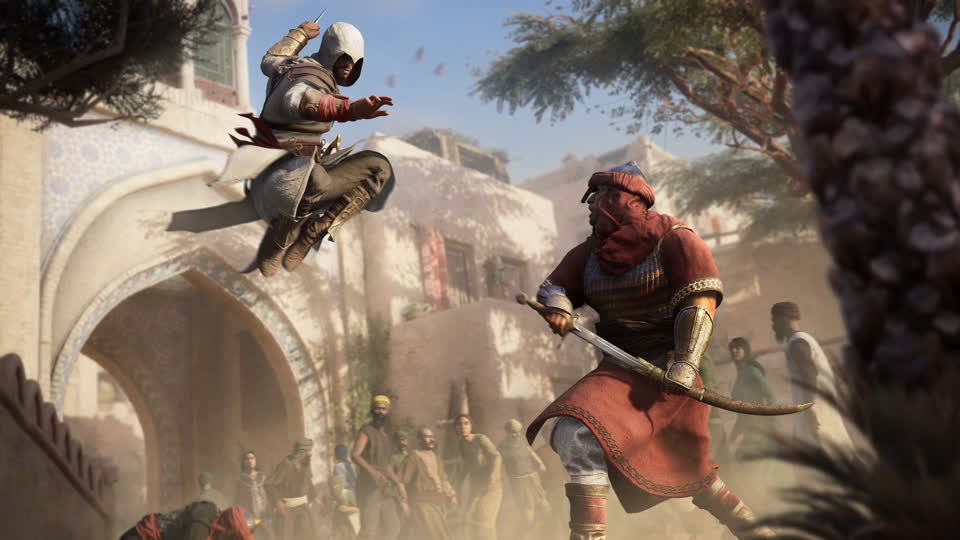Days before the biggest videogame convention in the world takes place in Cologne, game developers from all over the world gather in the German city for another purpose: Devcom. The official game developer conference at Gamescom includes a wide array of talks, panels, and workshops that are open to any developers in attendance. David Shelton, 3D artist at Ubisoft Mainz, was among the presenters this year. His talk, "Anno 1800: Texturing the Industrial Revolution," highlighted how the art department created and textured hundreds of in-game assets to build a realistic-feeling industrial urbanism.
 Credit: Fotoagentur FOX
Credit: Fotoagentur FOX
As an artist on the Anno franchise, David Shelton has helped create cozy residences, space stations, giant statues, robot-fighting arenas, airplanes, factories, farms, shipyards, oil-drills, and fishing boats, just to name a few things. We caught up with him after Devcom to learn a little more about his talk, and his role in creating Anno 1800.
Could you give us a brief summary of your talk?
David Shelton: The talk is a roundup of what our vision for Anno 1800 was, and how we specifically achieved the look we were aiming for. Anno has a long tradition as a strategy game in a wonderful living, detailed world. Coming from Anno 2205, we faced numerous challenges switching from clean futuristic shapes with rounded corners to real materials like bricks, plaster, worn metals, and roof shingles.
How is designing building for Anno 1800 different than creating art assets for other games?
DS: Buildings in strategy games are very different from buildings in games with a first- or third-person perspective. When viewed from above, roofs and large-scale weathering effects become much more prominent than grout between bricks. Also, it's not just about the perspective. Our buildings are moveable, dynamic objects, and require specific technical requirements to guarantee good performance. But most importantly, they are not just fancy buttons or props; they are characters. All buildings are hero assets. They need to be truly unique and beautiful. The art team has spent a lot of passion and time on each and every building to ensure this.

What inspiration did you pull from, and what research did you do?
DS: Our concept artists have piles of books with old colorized pictures from the 19th century lying on their desks. And we found a ton of good reference drawings and early photographs online. So we made large collections of images for any aspect of the world, including residential areas, industrial areas, farmlands, etc. These pictures have been a great help along the way, but they were just inspirations. Our buildings are historically inspired, but not realistic; you can't find reference footage of steam-powered looms outside of their factories. This is where creativity becomes a very important factor.
What unique challenges did Anno 1800 present that you had to find solutions to?
DS: The emergence of new tools like Substance Designer and Substance Painter disrupted our workflows quite a lot early on. We used to have a very 3ds Max- and Photoshop-driven workflow, but suddenly we had the option to make procedural materials and paint them directly on our buildings. While this looked amazing at first, we realized gradually that there were limitations to the new software, especially when trying to achieve a high-poly look. Dealing with dozens of materials on each asset was more challenging than we initially expected. But we were able to find solutions to all of our issues.

What makes the industrial setting of 1800 different from other Anno games, from an artistic perspective?
DS: I would say Anno 1800 was different from older titles because living and working conditions changed more dramatically in the 19th century than in any other time period. While the first houses are just simple village huts, they progress to being fancier, all the way to having electrical light. At the same time, the farmers started working in giant factories with heavy machines, while giant chimneys polluted the air and turned red bricks to gray and black.
Texturing an industrial city is about more than just making sure the buildings look right. What other considerations are needed to make the world feel accurate?
DS: While we tried to use mostly realistic materials on our buildings, the design of the city is far from being historically accurate. As an example: our factories always need to show what they are producing, and how they do it. That's why we have iron melting pots outside of the factory, or soap being cooked and stirred under the bright sky. We also have open-air exhibitions of dinosaur skeletons and artifacts in our museum. These would be very bad design choices for real-world architects, but luckily, we are game architects.
Anno 1800 is available now on PC and with UPLAY+. For more on Anno 1800, check out our previous coverage.




